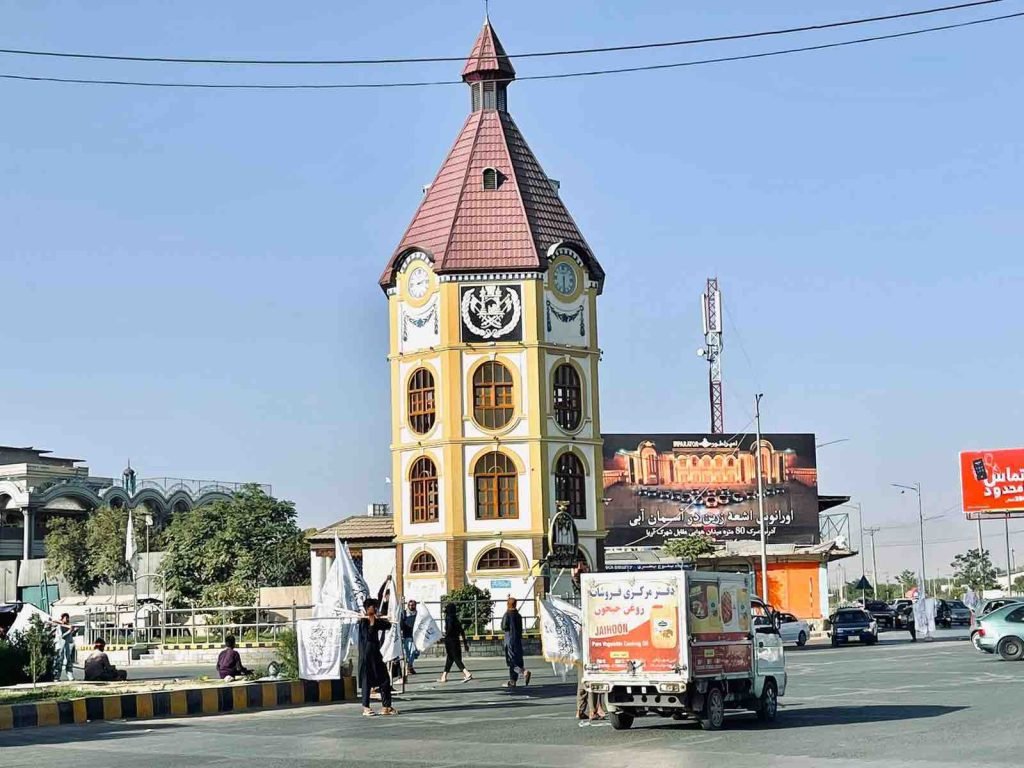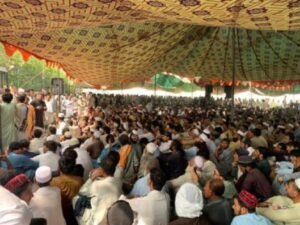The Proliferation of Madrassas in Afghanistan: A Concerning Trend

Photo: @AADIL
By Ilhamuddin Afghan
Since the Taliban’s resurgence in Afghanistan in August 2021, there has been a significant increase in the construction of madrassas, sparking debates and concerns nationwide. Immediately after regaining control, the Taliban prioritized the establishment of these religious schools. Many Taliban officials have initiated the setup of madrassas in their provinces, actively expanding their presence using government resources.
In addition, the Taliban has not wasted any time in using its relationships with wealthy people and companies to gather the money required to open these madrassas. An anonymous businessman claims that the Taliban and others connected to them now view the building of madrassas as an economic venture. He asserted, “the construction of madrassas is the business of the Taliban and its affiliates. They are actively looking for donations from people like me in order to fund the establishment of these religious schools.”
The Afghan Ministry of Education of Taliban has emphasized that government funding for madrassa development is one of its main priorities. It has registered almost 1,200 madrassas and Islamic education facilities, according to Keramatullah Akhundzadah, the deputy minister of education for Islamic studies. It is important to remember, too, that a large number of other unregistered madrassas function independently and survive off of fees and donations from the public.
Some have questioned the Taliban’s objectives as it seems that they are now more focused on creating these Islamic schools. “The Taliban in our area have devoted their efforts to the construction of madrassas, demonstrating their unwavering commitment to this cause,” observes Gul Mohammad, a resident of a rural province, rather fittingly. They do this to build a following and get support for their future activities, not just for religious or educational reasons.”
In a noteworthy development within the southern province of Uruzgan, the Taliban proudly announced the inauguration of a jihadi madrassa capable of accommodating over a thousand young individuals. Remarkably, this seminary was established within a building that previously served as a university for teaching and housing students. This illustrates the Taliban’s strong emphasis on prioritizing Islamic education over other academic fields.
Between 1996 and 2001, the Taliban notoriously closed girls’ schools and increased the teaching of Islamic subjects in boys’ schools when they were in power. Islamic studies specialist Abdul Hai offered the following analysis of the Taliban’s strategy:
“The Taliban are largely disconnected from urban and social life and are primarily interested in preserving their Sunni beliefs. Their goals are to dictate their terms, suppress growth and progress, and impose a Taliban worldview on society. This latest wave of madrassa building reflects their attempts to modify Afghanistan’s educational system to better reflect their beliefs.”
“There are efforts to reform the education system in Afghanistan,” states university graduate student Mohammad Naeem. “The Taliban brought officials to many departments and school administrations who do not have modern education and do not know anything about modern education.” Building madrassas is a major step, thus going forward, Mullah will be the only person nominated to any position in Afghanistan.
Education or Extremism?
Some people think that madrassas and schools are similar in that they are knowledge and education places. Islamic sciences taught in a madrassa in a sincere and non-extremist way can help students develop a positive outlook and equip them to serve their country as a whole. A student may become narrow-minded, alienate themselves from other Muslims and countries, and label them as unbelievers if they are radicalized in a madrassa. This radical way of thinking misses the real spirit of Islam and disregards human dignity, frequently associating minor infractions with harsh punishments.
There are many worries that the goals of the Taliban are to establish a cadre of people trained in accordance with their philosophy and to achieve domestic self-sufficiency. This is especially true in light of their connections to Pakistani madrassas, as well as the military and intelligence services in that country. These people would be the future labor force of the Taliban. This plan could support their own resources in Afghanistan while reducing their dependency on madrassas in Pakistan.
The main concern, however, is that these madrassas—where a sizable portion of radical Taliban militants receive their training—may be a factor in the rise of extremism in the area. Afghanistan is already dealing with extremism and terrorism; the growth of these kinds of Islamic schools may make it much more of a hub for extremist activity.
In conclusion, there are a number of valid concerns brought up by the Taliban’s widespread establishment of madrassas in Afghanistan. These organizations, which are frequently charged with endorsing extremism, are now central to the group’s plans to reshape the nation. This trend has ramifications for education as well as the possibility of its influence on extremism, both of which need careful consideration and investigation. The importance of these madrassas in influencing Afghanistan’s future cannot be understated as the country forges ahead.
Ilhamuddin Afghan is a university professor based in Afghanistan.
Note: The contents of the article are of sole responsibility of the author. Afghan Diaspora Network will not be responsible for any inaccurate or incorrect statement in the articles.





